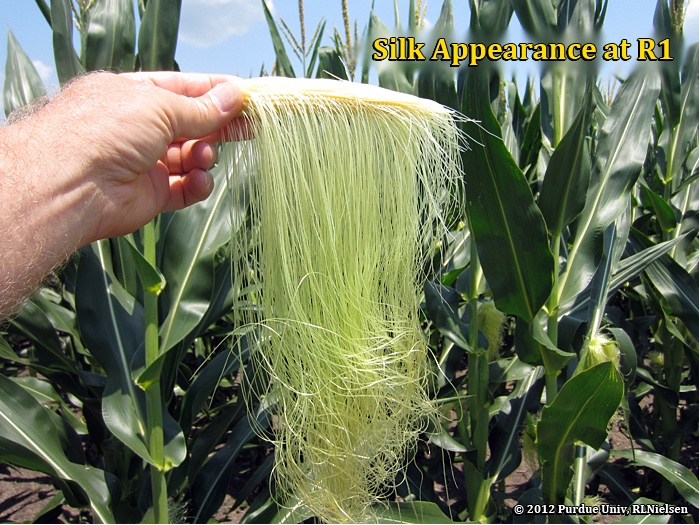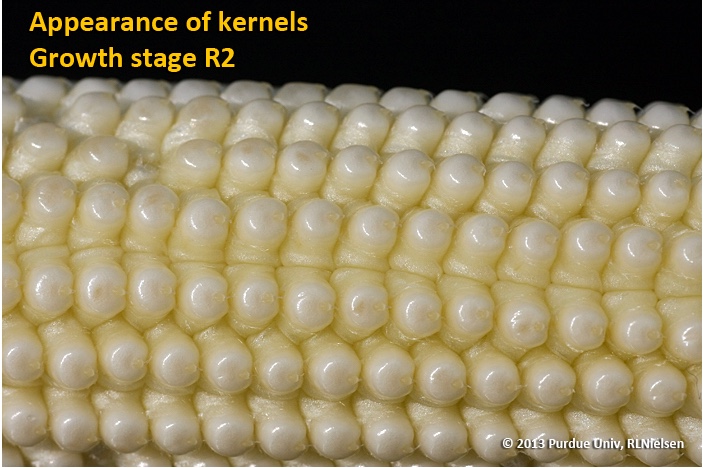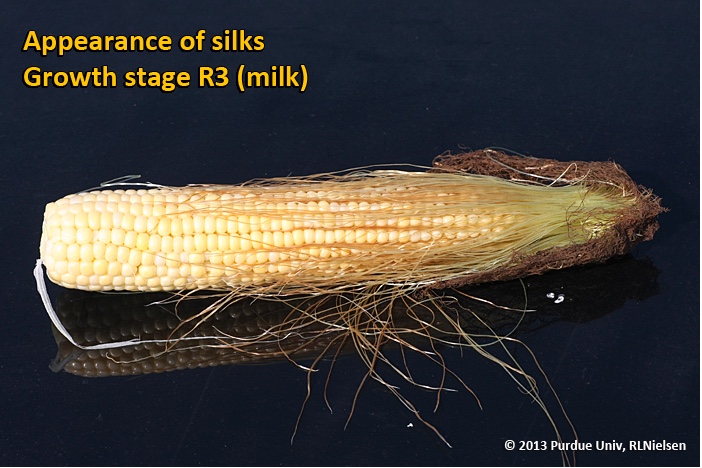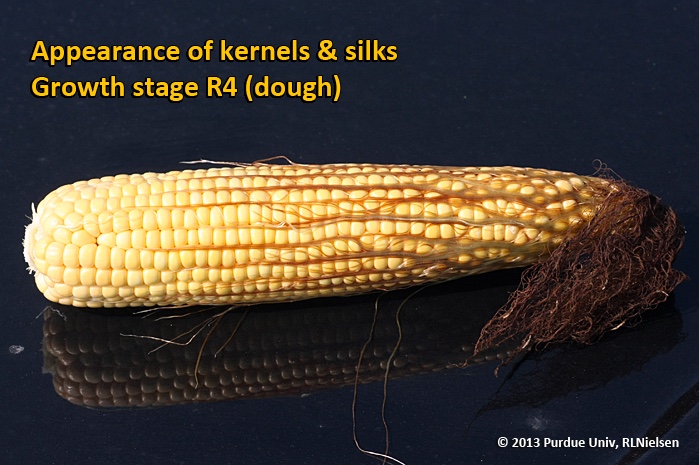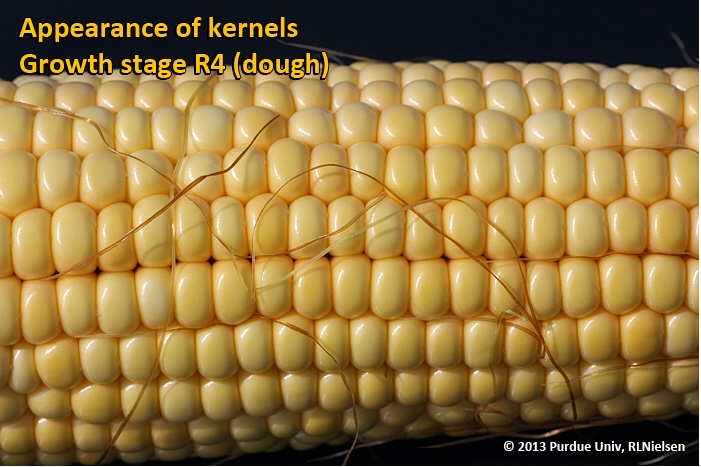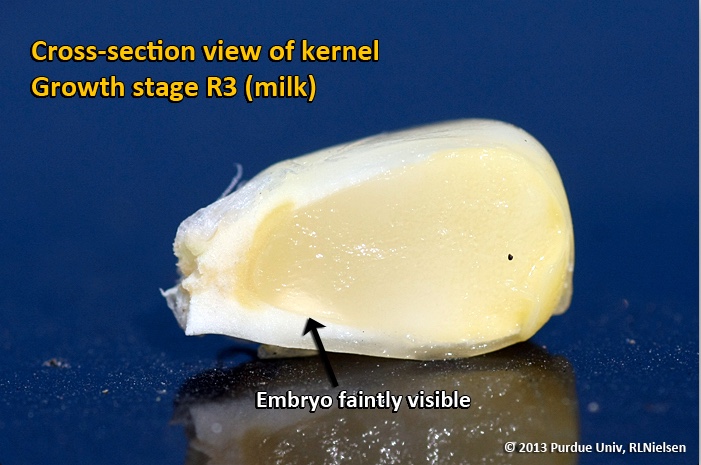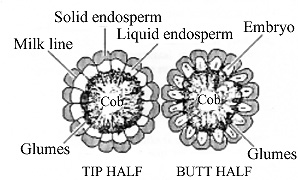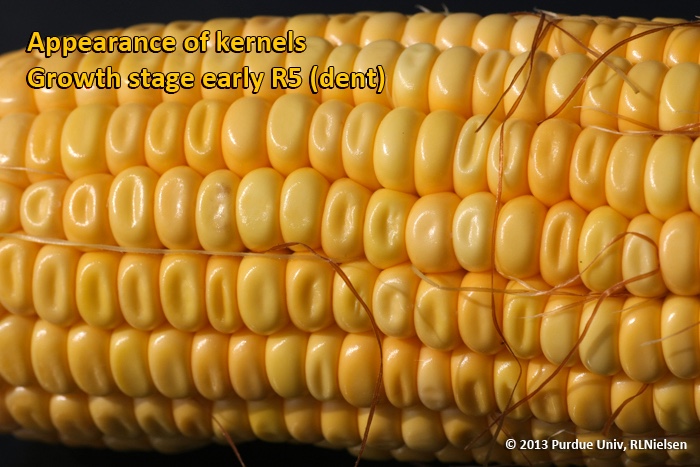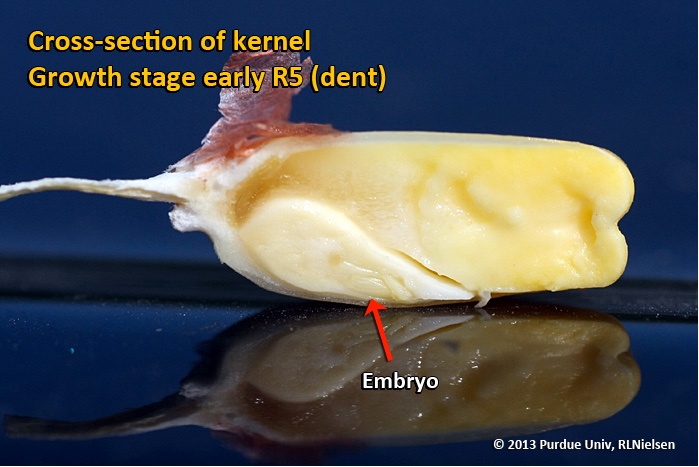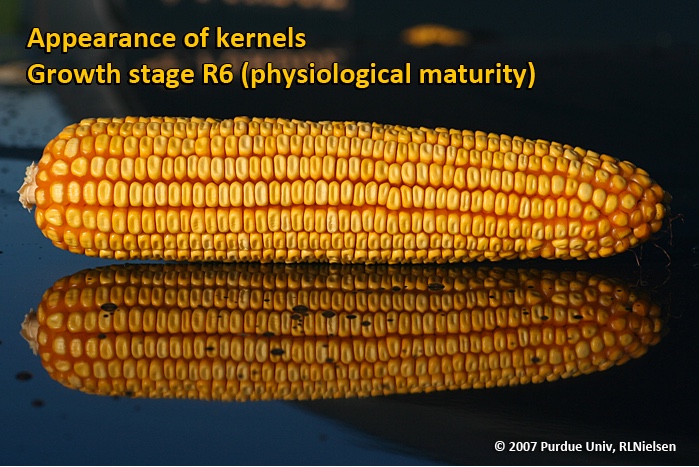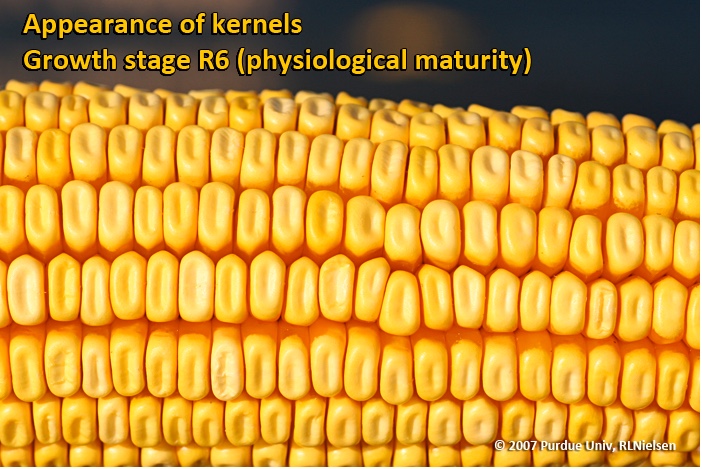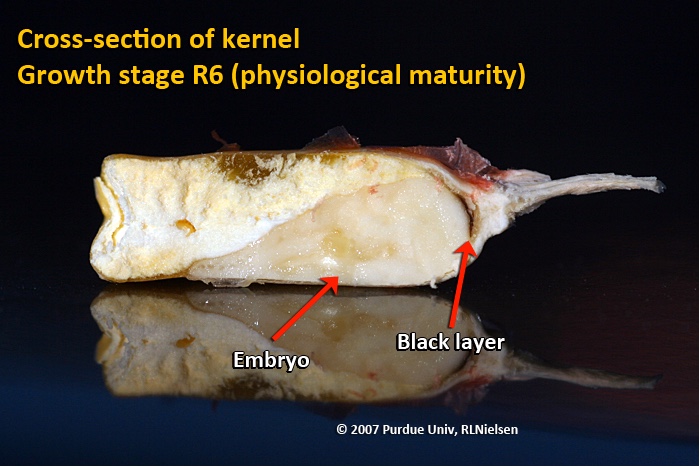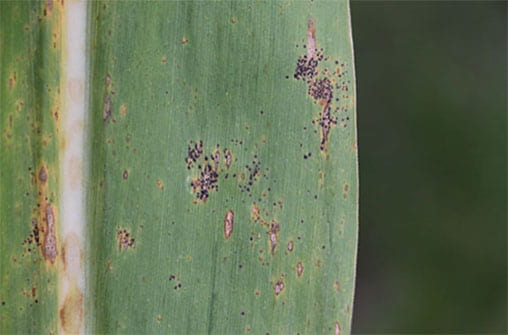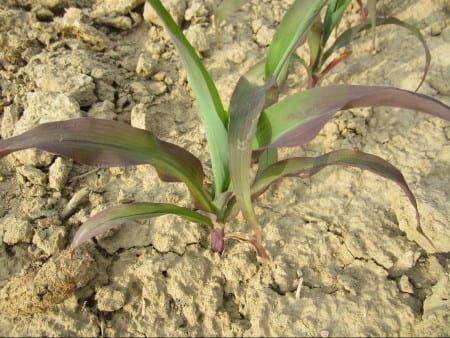By: Garth Ruff, OSU Extension (originally published in The Ohio Cattleman summer issue)
Early last year I wrote an article titled Understanding Customer Relations in a Changing Beef Industry, which examined the factors that drove the demand for cattle producers to complete Beef Quality Assurance (BQA) training.
Now after a years’ time, with nearly 100 in-person trainings taught, and almost 7,250 Ohio cattle producers BQA certified in-person and another 2,100 online, where do things stand?
As a refresher, the push to have producers trained in BQA was at the request of Tyson, one of the major packers’ decision to only source fed cattle from cattle feeders certified in BQA by 2019. Tyson’s decision was largely due to the commitment of Wendy’s to do the same, at the demand of their customers. As we have seen in all segments of food production the consumer, now more than ever, wants to know how their food is produced. Often in the case of meat, consumers want to be assured that the animal was raised humanely and cared for under good production practices, the basic principles of any livestock quality assurance program.
In 2018, the majority of the producers certified, completed BQA training for the first time. Producer attendance to these trainings, I think often exceeded expectations. Early on, in addition to not knowing how well the program would be received, there were many questions regarding the process of providing proof of certification and identifying those certified producers at the auction markets.
It was through cooperation between OSU Extension, the Ohio Beef Council, and several of the livestock markets, that the implementation of a statewide BQA program was pulled off successfully. The livestock markets stressing the importance of having market access is what brought farmers in the door. Once there, the role of Extension was to teach the programs, and then forward producer information to the Beef Council, where staff generated cards and certificates that producers received as proof of completion. Beef Council staff communicating the continuously updated certification lists with the livestock markets made the process of selling fed cattle as smooth as possible.
After all that has happened in the past year, I think there are two logical questions to be asked: 1) What does “BQA 2.0” look like? 2) Where does the industry go from here?
As we look at the logistics of implementing BQA here in Ohio, we now know what to expect the next time around. Recently, I have had the opportunity to ask other state beef council directors and staff, how their states have implemented the program. Of those I have talked to, few appear to have had the statewide success that we experienced here in Ohio.
From a curriculum standpoint, I am not sure we know exactly what the next round of BQA will look like, but it is something we will work to improve upon. As the beef industry continues to evolve, BQA will have to continue to evolve with it. In addition to food safety and meat quality, I suspect that topics such as traceability, antibiotic use, cattle handling, animal welfare, and transportation will all be of greater focus as we begin BQA RE-certification in fall of 2020.
As we look at current issues in the industry, many of these are already being discussed today. Let’s look at transportation, for example. By 2020, in order to address animal handling and carcass bruising, Tyson has said that all cattle haulers delivering live cattle to their harvest facilities will need to be certified in Beef Transport Quality Assurance (TQA). Coupled with current legislative discussions regarding livestock hauling and hours of service, the focus on transportation is greater than ever.
As BQA becomes a routine part of the production cycle, attending those in-person trainings can keep producers informed as to what may be coming down the pike. Currently cow-calf producers are receiving heavy discounts for calves that are not preconditioned; weaned for 45-60 days and started on feed. Eventually, our trade partners are going to require age and source verification, (i.e. improved traceability). In order to maintain access to premium markets and profitability, all segments of the industry will have to adapt to change.
If we examine some of the changes happening in the beef industry, BQA certification for fed cattle appears to be one of the lower hanging fruits. Expectations are for the other major packers to follow Tyson’s lead. In addition to some of the previously mentioned topics, it is a possibility that the BQA requirements may be extended to producers of cull cows and bulls. If that happens, while there are likely some outliers, we here in Ohio are in good shape, thanks to a proactive industry and a statewide effort to meet growing consumer requests.






